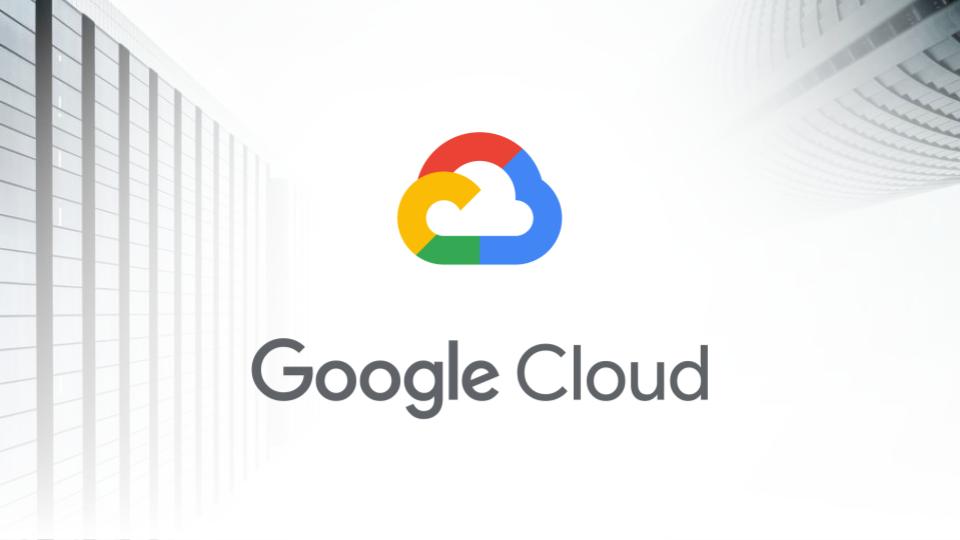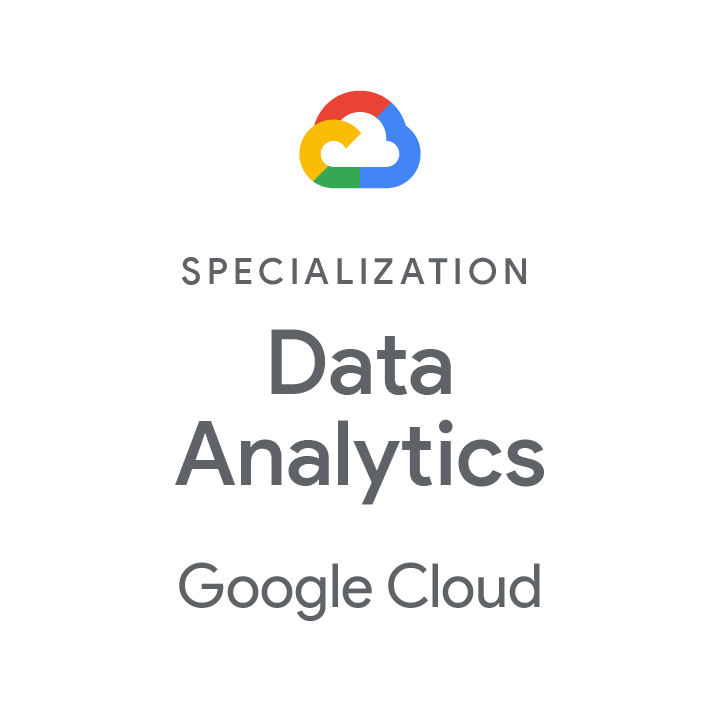Marketing analytics technologies give organizations an opportunity to optimize their strategies and tactics in light of real-world data. However, taking full advantage of that information hinges on being able to capture, organize, analyze and deliver insights to users in a timely fashion.
Data warehousing is essential in this process, and the Google Cloud data warehousing ecosystem offers a variety of options for companies trying to effectively merge and make sense of marketing data from diverse sources. Before getting into exactly what can be done on Google Cloud Platform, it’s key to start by looking at the role data warehousing can play in larger marketing operations.
Why use data warehousing for marketing analytics?
Marketing teams rely on data from a variety of sources. At a given time, a campaign may leverage information pertaining to leads generated via an online form and stored in a customer relationship management system, performance data associated with a pay-per-click campaign run on a third-party media site, Google analytics data generated based on performance of content related to a search engine optimization program and a variety of other data sources.
With so much information coming in, marketing teams can easily feel bogged down and overwhelmed not only by the quantity of data on hand, but also by the need to leverage a variety of applications and services to access the relevant information.
A report from Chainlink explained that a data warehouse, at its core, is designed to provide a central location where information from diverse databases can be accessed and analyzed in a single place. In the case of a marketing data warehouse, the system would pull data from the wide array of sources used at a given time and allow team members to view and analyze information through a central repository. The news source pointed out that this can save time, eliminate many data quality problems and allow for stronger business intelligence activities.
Ultimately, a strong data warehouse is essential in taking full advantage of analytics because it gathers more information and offers tools to streamline analysis processes for end users.
Leveraging the Google Cloud for marketing data warehousing
Establishing a marketing analytics program via the Google Cloud is made possible largely by the platform’s data warehouse toolset.
A blog from Google explained what the situation would like, showcasing precisely how the company’s cloud platform could bring together information from diverse sources into a central warehouse that is specifically designed for marketing related data. The Google Cloud would be used to gather information into a central location and adjust the raw information so it can be queried and joined into a format that is relevant for different sources. From there, the data warehouse can provide Google-specific reporting dimensions and apply machine learning to perform analysis.
All of this would be accomplished by leveraging a variety of specific applications and services that are tightly integrated within the Google Cloud. Some of the solutions in play include:
- Google Analytics 360: An analytics platform that can be used to control how and when data refreshes and feed the most relevant information into the system.
- BigQuery: The central data warehousing tool that allows users to query and organize large quantities of information that come from a variety of sources.
- TensorFlow: An open-source software library that can be used to provide computational power within a data library. The Google Cloud uses TensorFlow systems as the backbone of many of its AI architectures.
These are just a few of the apps available, but taken together, the various services create a marketing data workflow in which:
- Information is funneled from various sources into a central cloud storage locations.
- BigQuery organizes and formats that information to create interoperability.
- TensorFlow and other tools are used to analyze and process information at scale.
- The data warehouse ultimately organizes information into visualizations that can be deployed on user-specific dashboards to provide insights into diverse information types.
Making the most of the Google Cloud
BigQuery represents a strong opportunity for marketers to take advantage of what data warehousing has to offer. However, migrating to the Google Cloud may seem intimidating if your team is accustomed to other tools.
At Dito, we specialize not only in helping you optimize a Google Cloud configuration, but also in consulting with you and managing the migration process, allowing for a smoother transition.










